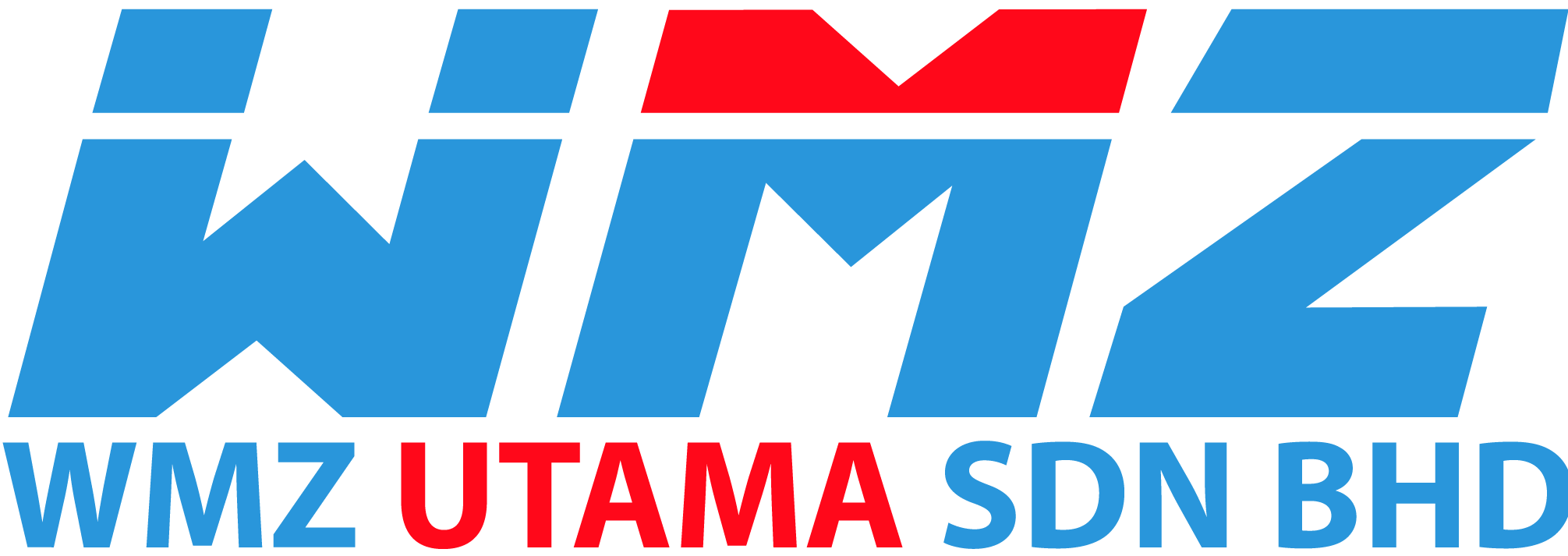Blood Banking 101
| Description | Current Practice | DARAHLink |
|---|---|---|
| Software licensing | Microsoft products or other commercial systems |
Open source based, no licensing issues |
| Customization | Imported software, little or no customization |
Locally developed, ready for customization on request |
| Antibody Screening | Imported software, little or no customization |
Locally developed, ready for customization on request |
| Deferral identification | A set of 10 to 20 bags screened before identifying a matching donation |
Instant search and retrieval of antibodies |
| Statistics for MOH | Manual or semi computerized |
Upfront deferral identification at centre and mobile drives, including support for national deferrals |
| Process recording | Manual and usually heavy data redundancy |
Computerized in sync with GMP |
| Communications | Communications Improper and heavily dependent on paper |
Inter-hospital and Inter-department communications with ease of use, cloud computing |
| Document Storage | Manual file keeping | Facilities to archive documents as electronic data – ease of use in case of search / retrieval |
| Accreditation | Nil | Follows standard of practice, inbuilt QA + Accreditation modules. AABB USA compliant. |
| Search / Retrieval | Search / Retrieval Manual, time consuming | Instant search results |
| Serology reports | Manually separated for collection centers |
Automatically collated according to collection centers. Results are imported from Evolis. |
| Results Synchronizing | Manually separated for collection centers |
Automatic synchronizing of serology and grouping results. |
| Centralized database | Nil | Facility to have a centralized database |
| Numbering System | Numbering at will | Follows a proper approved numbering system (patent pending). |
| Screened Labels | Non standards | Readable, waterproof, freeze proof printed labels |
| Bed Head Tickets | Buff cards | Readable, informative, blood proof printed labels |
| Work Procedures | Nil | Blends into the workflow of a blood bank |
| Stability / Reliability | Nil | Proved to be highly stable compared to other commercial platforms |
| Quality Control | Nil | Avoiding bad donors, checks on blood movement enables the management to maintain quality |

What is blood banking?
Blood banking refers to the process of collecting, separating and storing blood for later use. Blood transfusion
is a cornerstone of emergency and surgical medicine and is dependent on the clinical laboratory (blood banks)
for ensuring the safe use of blood and its components.
Blood transfusions, the introduction of blood or blood components from one person into the bloodstream
of another, are essential for saving the lives of victims of trauma, for those undergoing major surgery, and
for those with other causes of blood loss. Blood transfusions are also used to treat severe anemia resulting
from effects of chemotherapy, cancer, sickle cell disease, and thalassemia.
Blood bank services in Malaysia was first initiated in 1955 by British Red Cross . Today, blood banks in
Malaysia play a crucial role in the medical field by collecting blood from donors and then separate the blood
into various components such as plasma, platelets, red and white blood cells , so that they can be used most
effectively according to the needs of the patient. Red blood cells carry oxygen, platelets help the blood clot
and plasma has specific proteins that allow proper regulation of coagulation and healing.
Ensuring the safety of blood and blood product transfusion, reducing the associated risks with good practice
guidelines are key issues in ensuring patient safety and safer healthcare.
Challenges
Inadequate mechanism
Front-line deferral is currently hampered due to an inadequate mechanism for granting access to a national deferral list or at time unavailability of such list.
Non-uniform recording
Non-uniform recording of donor information, whether handwritten or ”computerized”, and screening information makes it difficult to link screening centers seamlessly.
Inadequate computer access
Inadequate computer access at various hospitals involved in the collection process, and more importantly at the mobiles, which are responsible for up to 85% of all collections nationwide.
Errors
Human errors that cause unwarranted complications.
Transfusion errors, at times leading to fatality.
Current situation
The delivery of safe blood products is a universal challenge; Malaysia, in its march towards setting regional standards in health care, computer technology and bio-informatics, is in a unique position to meet this challenge, not just within the country, but also across the region and beyond, with an array of readily available skills in these areas. There are many obstacles and challenges faced by the blood centers especially the National Blood Center
to ensure the delivery of safe blood products to the nation. This proposal will only attempt to address one
integral facet of the challenges and does not address all the challenges faced by the blood centers. The only aspect that this proposal will address is on the uniform blood information system with a national deferral list - the necessity to do it, the impact it will have in enhancing the safety of blood supply, how to do it, and how long does it take to be completed.
For example in 2008, there were 108,000 donors recorded in the Klang Valley and according to the reports, there were 200 active donors with tainted blood actively chose to donate blood repeatedly, and were not detected at the front desk.
